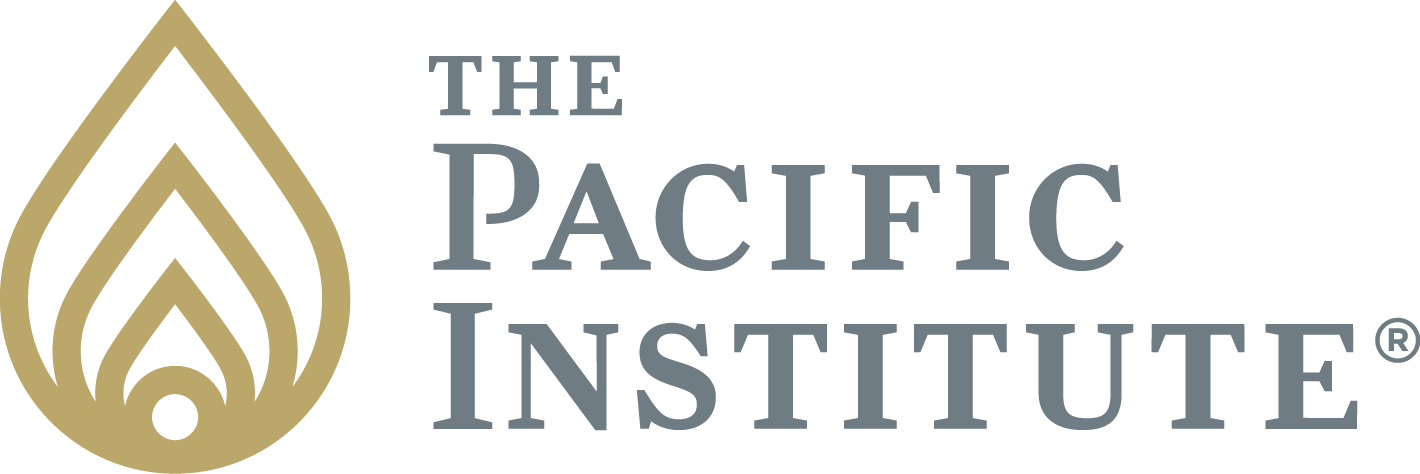Setting the stage for optimal performance requires a strong leader with a clear vision. Simply stated, the leader’s role is to create the capacity in human resources and capital to bring the vision to reality.
By definition, leadership is the process by which an individual influences a group of people to achieve a common set of goals. This means that leadership is about not only defining the direction, but also the development of positive relationships between the leader and the individuals in the organization.
In a 2013 article titled,“No Relationship, No Leadership,”Steve Keating espouses the view that if a leader is “lonely at the top” he or she is doing something wrong. Perhaps that leader is doing everything wrong. According to Keating, the leader should be the most sought out person in the organization who has daily conversations with employees and builds real relationships with them. The authentic leader understands that optimal performance is bred by these relationships and the “us” mentality. (Keating, 2103)
21st Century leadership recognizes all of this and more. We know that highly effective leaders empower their employees and get out of the way. Melanie Ginsberg, in The Five Essential Skills for Leadership in the 21st Century, states“while technology can make us more effective, the new theories of leadership emphasize the importance of trust and establishing long-term relationships.”(Ginsberg, 2012)
Consider this quote by Steve Jobs – “We don’t hire the right people and tell them what to do. We hire the right people and let them tell US what to do!” Jobs also likened his model for business to the Beatles, who were four guys who balanced one another and “the total was greater than the sum of its parts.”
Highly effective employees want to work for highly effective leaders. Sometimes referred to as charismatic leadership, this is the optimal state for motivating individuals to commit to a shared vision and attainment of organizational goals.
What does this mean for education? There is ample research supporting the belief that the climate of a school is defined by the leader. A collaborative administrator fosters positive relationships, shared responsibility and participation. Conversely, a top down administrator manages relationships through a hierarchy of power. Teachers who feel empowered and supported will go that extra mile. Ultimately, the students are the beneficiaries.
As MGM CEO, Louis B. Mayer, stated during Hollywood’s golden era, “The inventory goes home at night.” The more we recognize the value of the individuals in an organization, the closer we can get to achievement of the organization’s mission and goals.
ReferencesGreenberg, M. (2012) Five Essential Skills for Leadership in the 21st Century. Psychology Today.Haden, J. 7 Inspiring Steve Jobs Quotes That Just Might Change Your Life. INC.Keating. S. (2013) No Relationship, No Leadership. Lead Today


